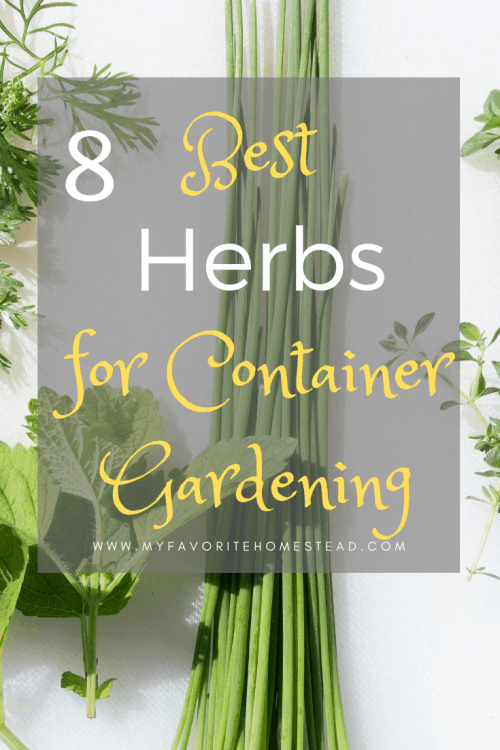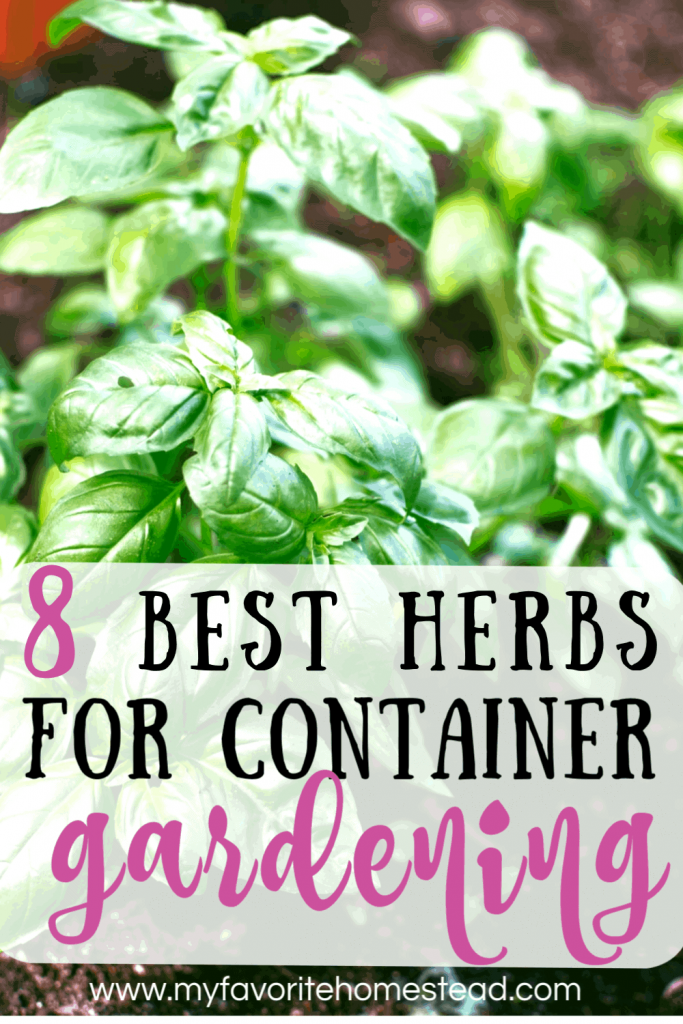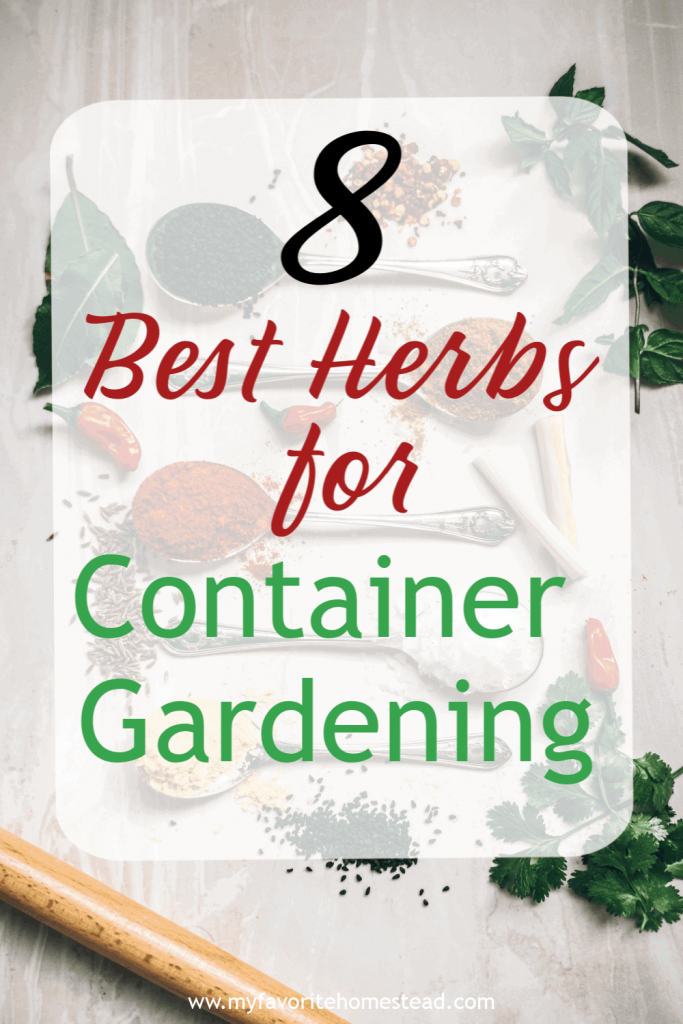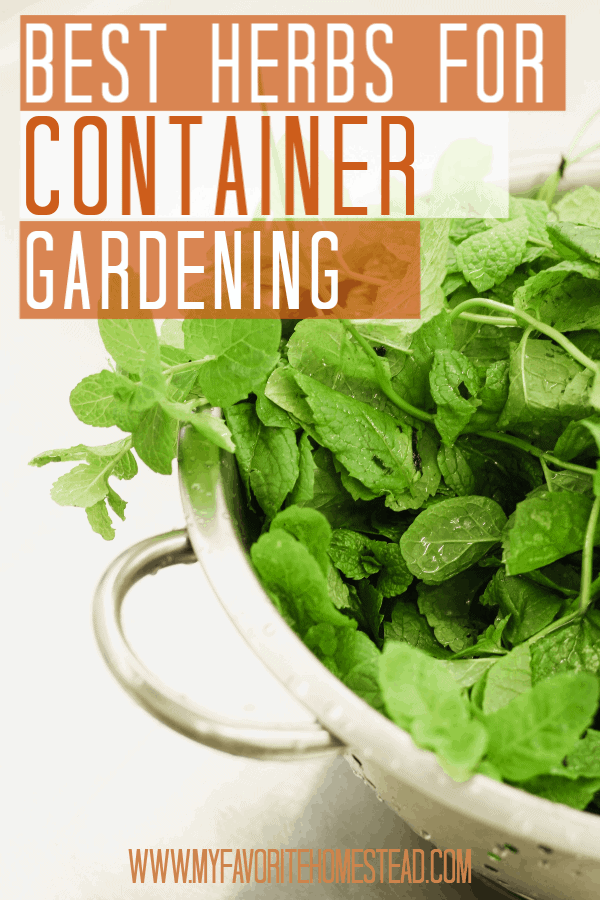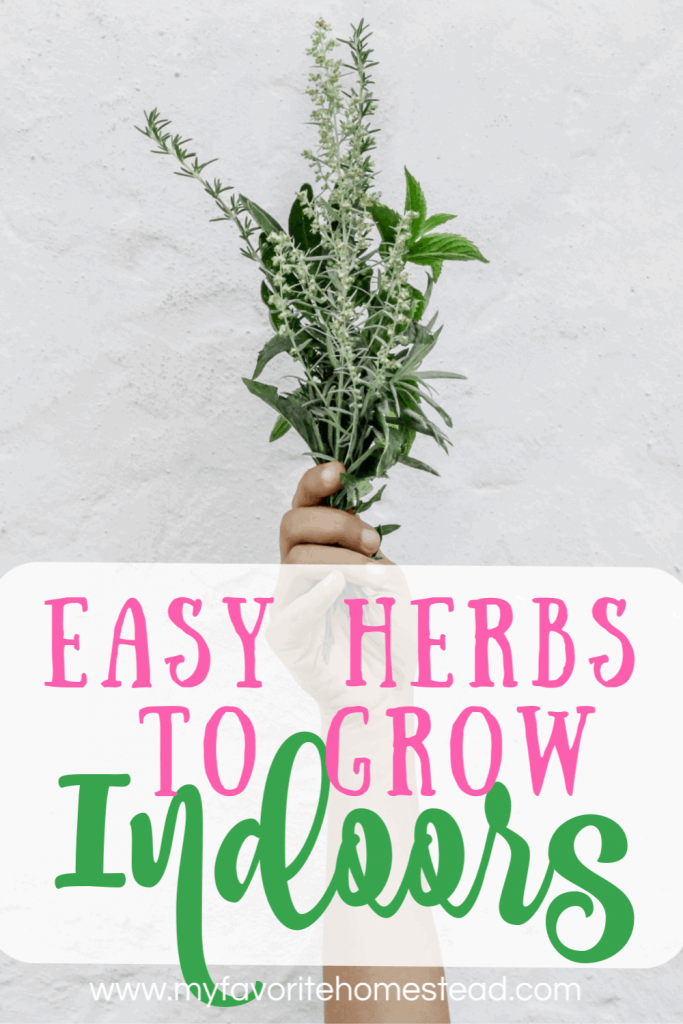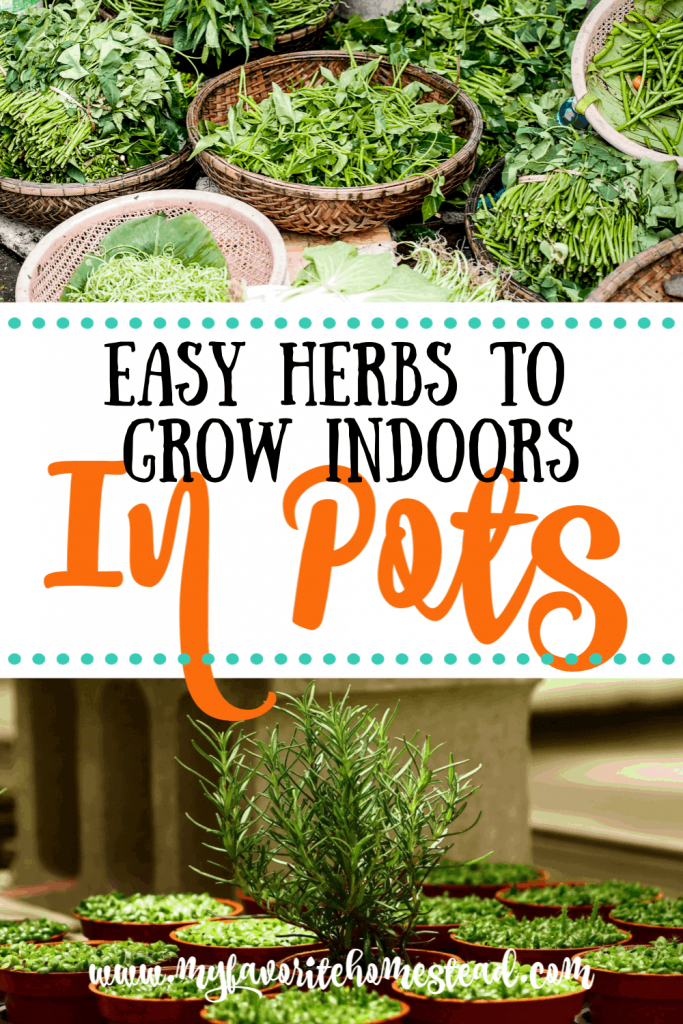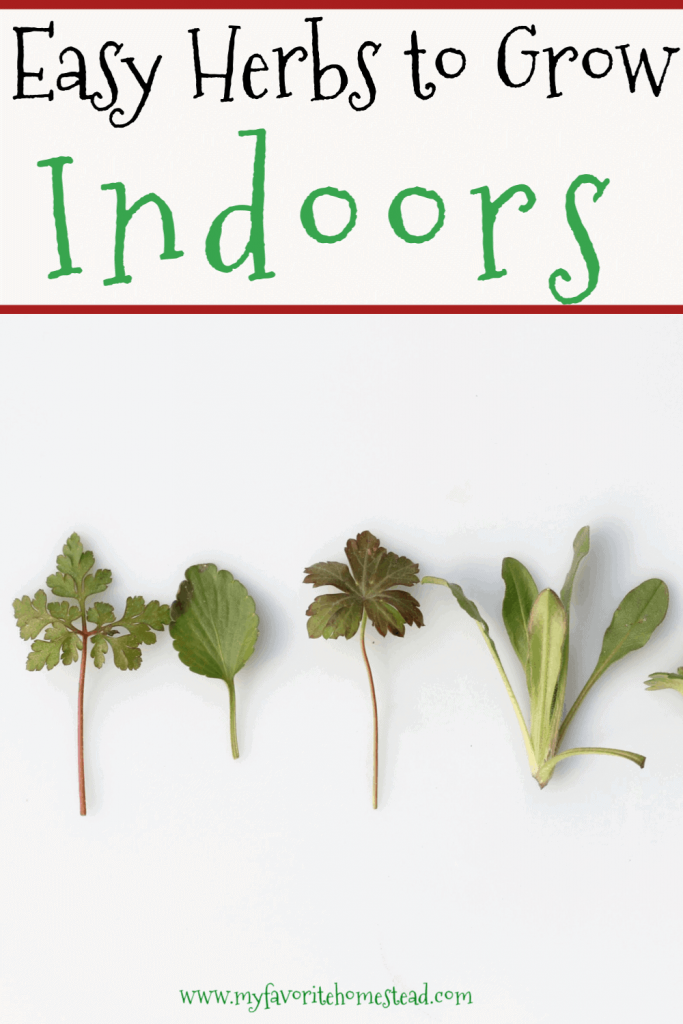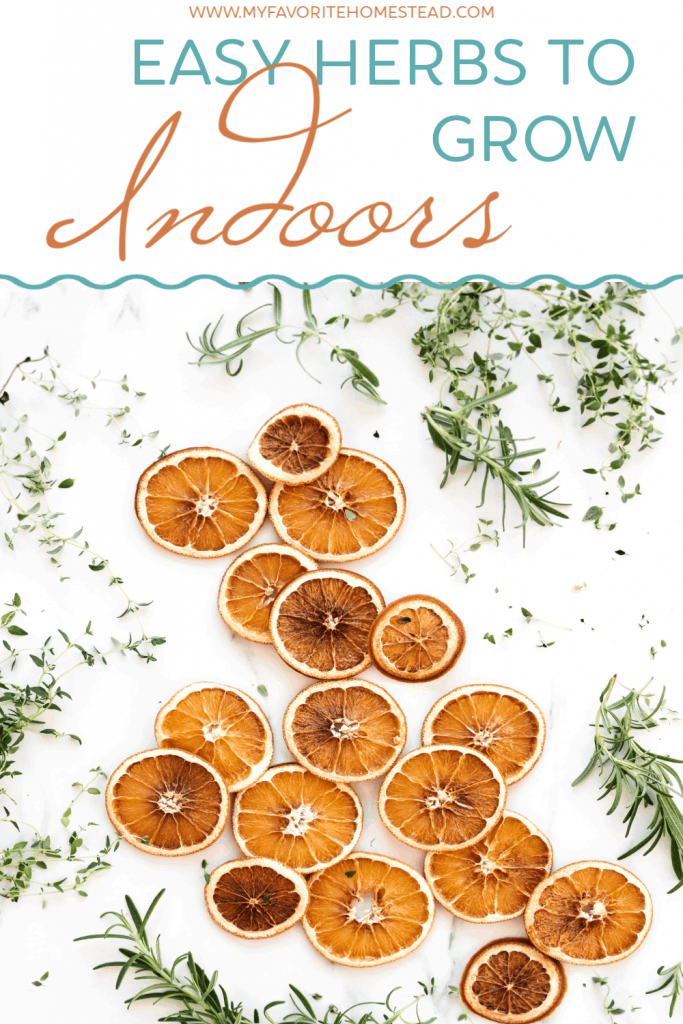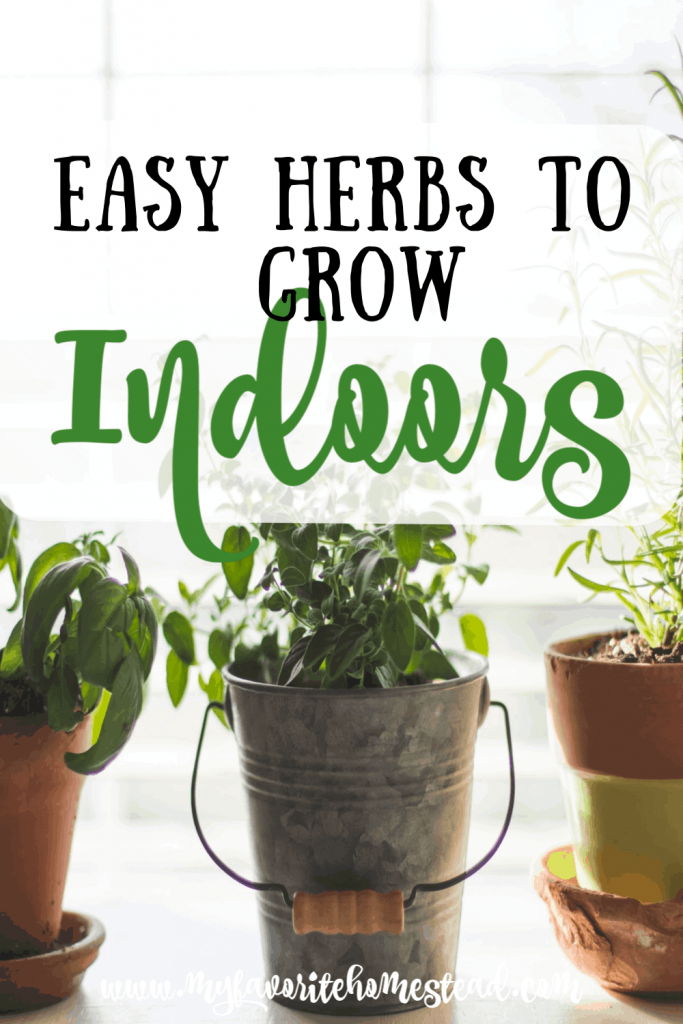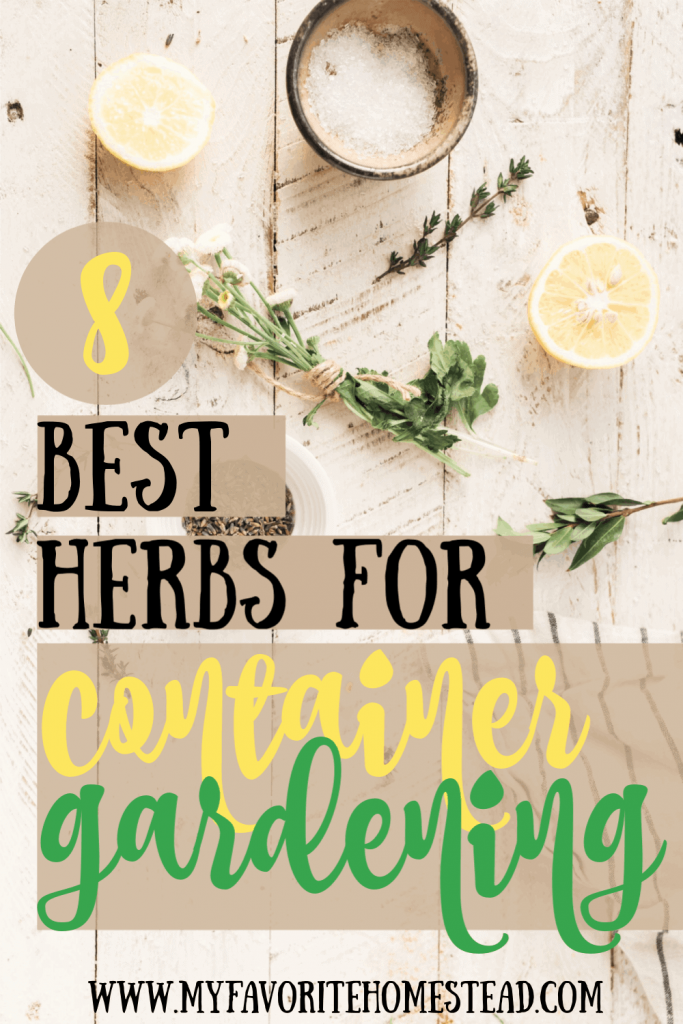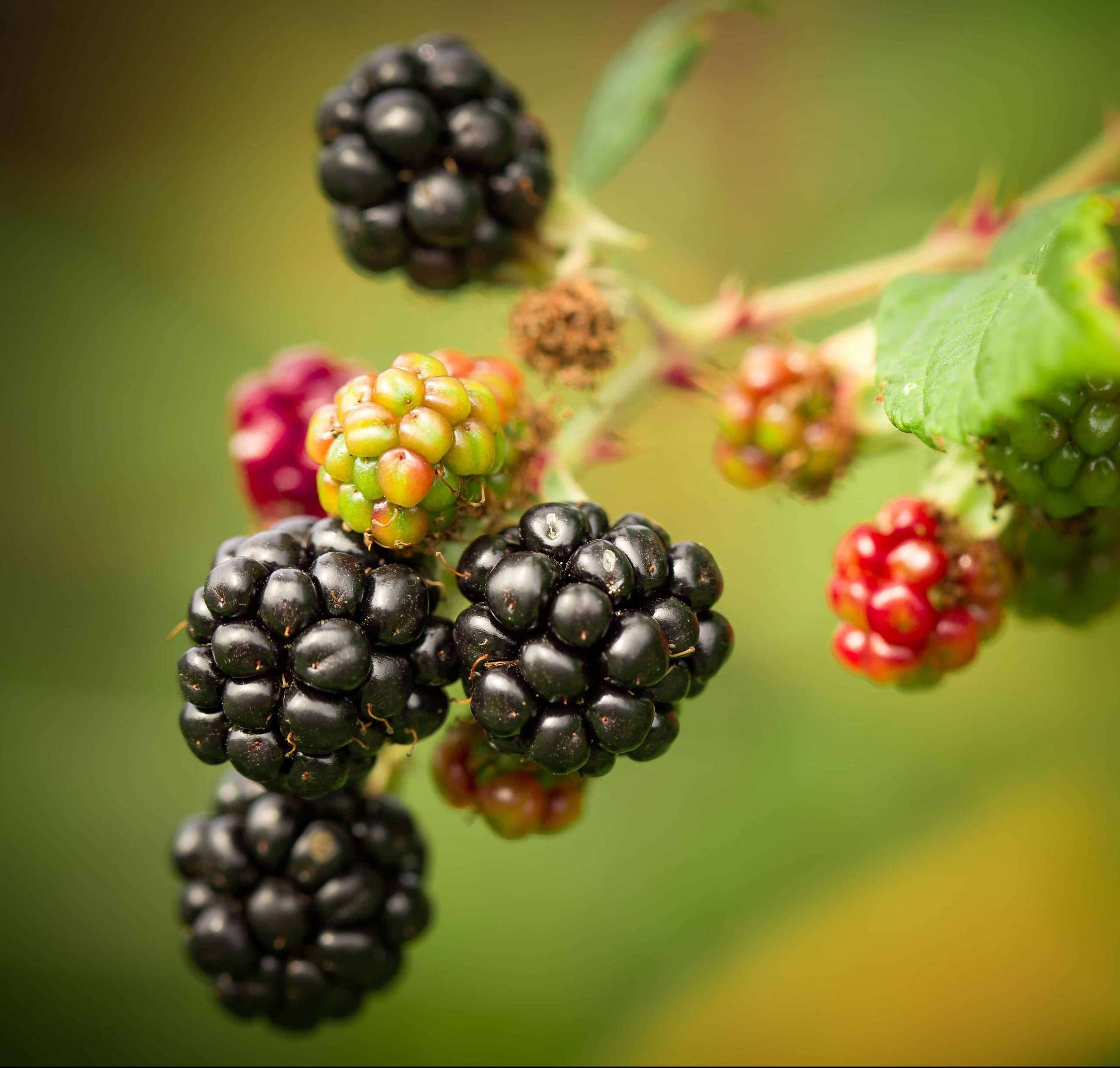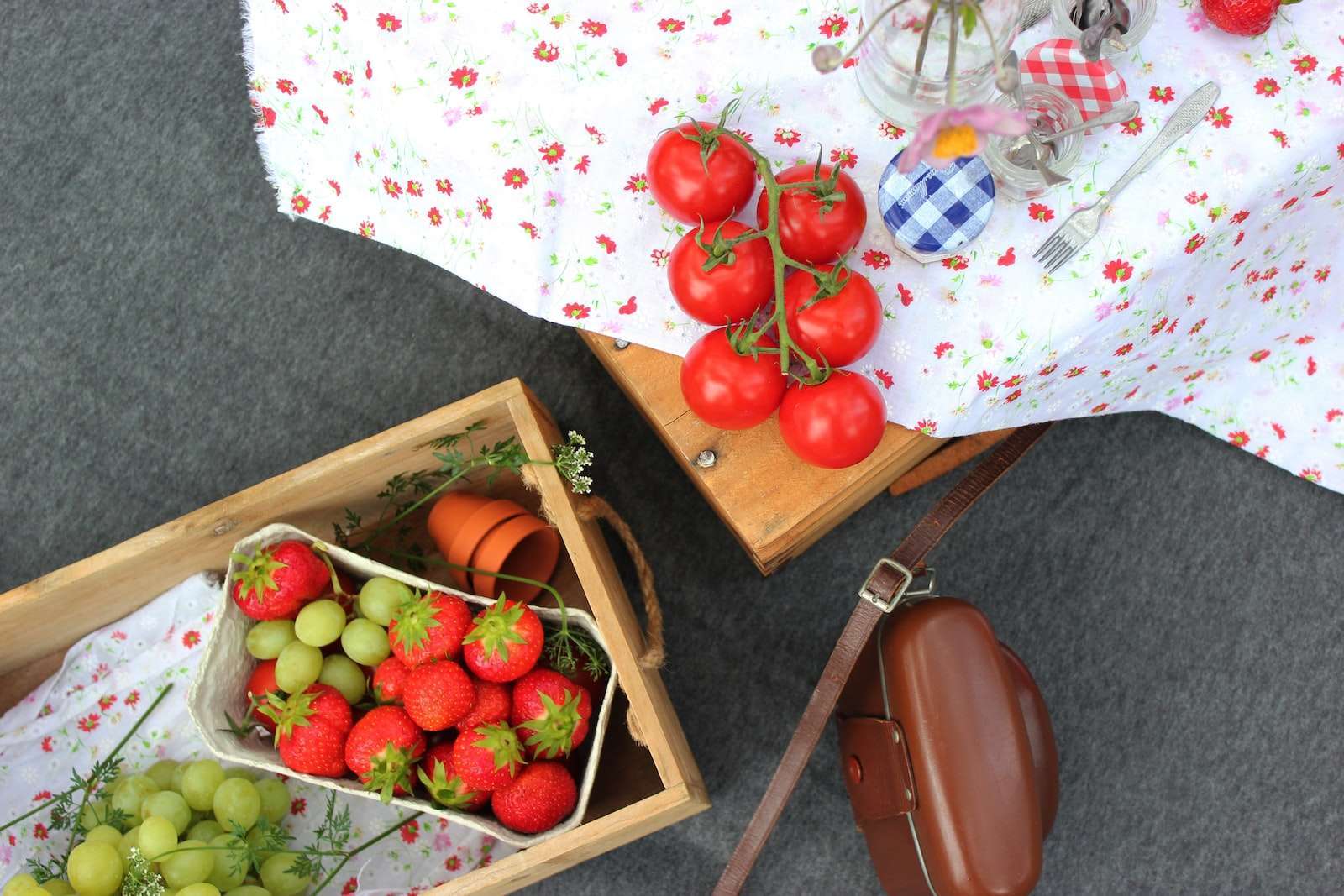Herb Container Gardening
I love container gardening. After several years of trial and error, this is the easiest way I’ve found to grow herbs. Bonus: I have the perfect spot outside my kitchen door where I can easily access these for cooking! There are some herbs that do really well in the regular garden. However, some will completely take over if planted there and ruin your garden.
Mint

I love me some mint! My favorite thing to do in the summer is to take a sprig of fresh mint and put in my glass of ice water. So refreshing. However, mint of any variety is one of those plants that will completely take over the garden if left to its own devices. For my needs, I buy ONE plant and plant it in a medium-sized container and have plenty.
Basil

Basil is one of those herbs that do grow well in the garden. However, I love having it in the container right outside my kitchen door for convenience. This is one herb that needs a little larger container. I planted mine in a large (not extra-large) container. Again, one plant is enough for my family as long as I make sure to keep the blooms pinched or snipped off.
Rosemary

I love to use rosemary, especially when cooking with poultry. It adds such great flavor! This one does well when planted in the garden or even in your landscaping. It becomes almost like a small bush. Also, this one requires a large pot. One plant does my family well. I usually treat most of these herbs as annuals when container planting, however, this one came back in my container this year! I will need to add fertilizer and some additional new potting soil. And hopefully, it will make it!
Sage

Sage is an herb that is pretty pronounced. My husband is a wonderful cook and he uses sage more than I do. It did great in the container. I just planted this one in a medium-sized container. He likes to dry sage and then crush it. One plant was enough for us but if you want to dry and crush a lot of sage, you might want more than one plant.
Chives

My chives came back in the container this year also! I use chives all the time when I’m cooking so I was thrilled that they came back. Hopefully, they continue to do well. One plant in a medium-sized container worked well. You want to give chives a “haircut” periodically during the season and they will do well.
Thyme

I have never tried planting thyme in a regular garden, but in my container, it tended to grow and spread out. I’m not sure the exact variety of thyme I purchased. My bad! But if it was creeping thyme, that would probably also have a tendency to take over in the garden. I planted this a smaller container.
Cilantro

I’ve grown cilantro both in the regular garden and in containers. And it’s done well in both places.For cilantro, it is very important that you harvest and prune often. It tends to want to flower and go to seed fairly quickly if not attended to. I also love the flavor of cilantro in many dishes. If you want the cilantro to come back the following year in your regular garden, just let it flower and go to seed at the end of the season. Next spring you’ll see little sprouts coming back.
Oregano

Like mint, oregano seems to be an aggressive grower. I have not planted this in my regular garden because of this. You don’t want to have to fight a plant that wants to take over. However, this did great in my medium-sized container. It does well being dried and crushed also. We’ve grown a couple of different varieties in containers and enjoyed both of them.
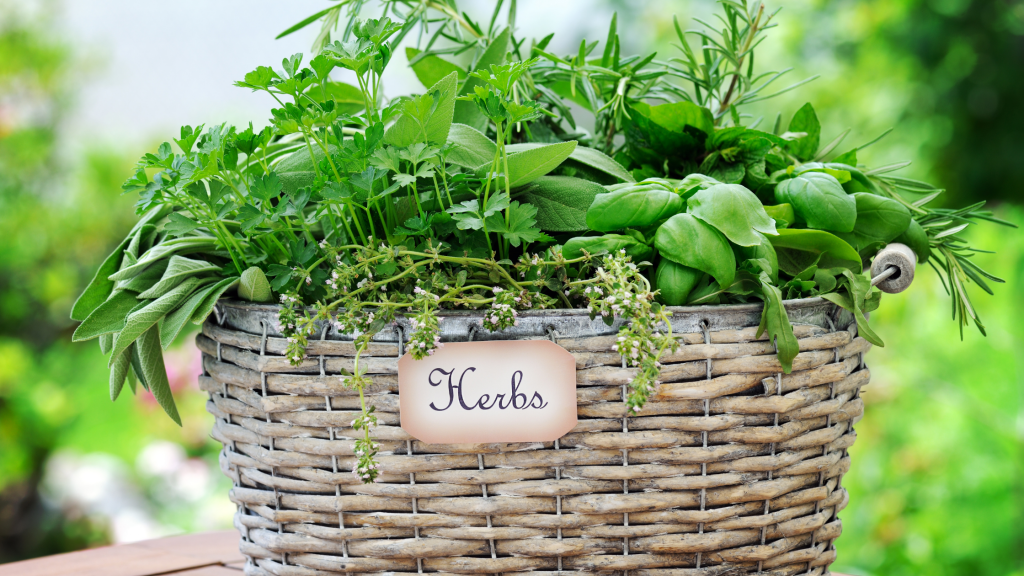
What You Need to Know About Growing Herbs in Containers
Never use soil from the ground in containers. It will not do your plants any favors. Soil from the ground tends to not drain as well and then when it does begin to dry it just becomes a big clump of dirt. Use potting soil, as it is made for that purpose, and save yourself a huge headache. Make sure there are drain holes in the bottom of the container so your plants won’t drown. Most containers–especially in the heat of summer–require frequent watering. Sometimes morning and evening as the containers dry out quickly. If you see yellow leaves on your herbs, it’s usually a sign of overwatering. Always check the soil by checking about an inch deep and then water well if it’s dry. Every couple of weeks I use a water-soluble fertilizer.
Harvest your herbs when they have around 3 inches of growth and cut just above a set of leaves. Harvest often to keep them under control and to prevent them from getting leggy or flowering. Flowers are pretty, but the plant will give all of its energy to the flowering process rather than providing you with the edible foliage you want. If you want them to come back the following year it’s ok to let them flower and go to seed at the end of the season! Enjoy the fruits of your labor!
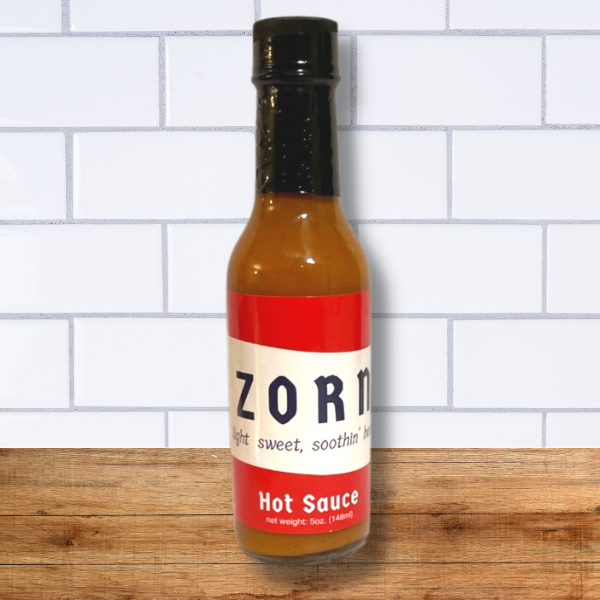
ZORN Hot Sauce, Gourmet Hot Sauce with Carolina Reaper Peppers, Lightly Sweet, Soothin’ Heat Awesome Flavor Experience in a Bottle, 5 oz.

